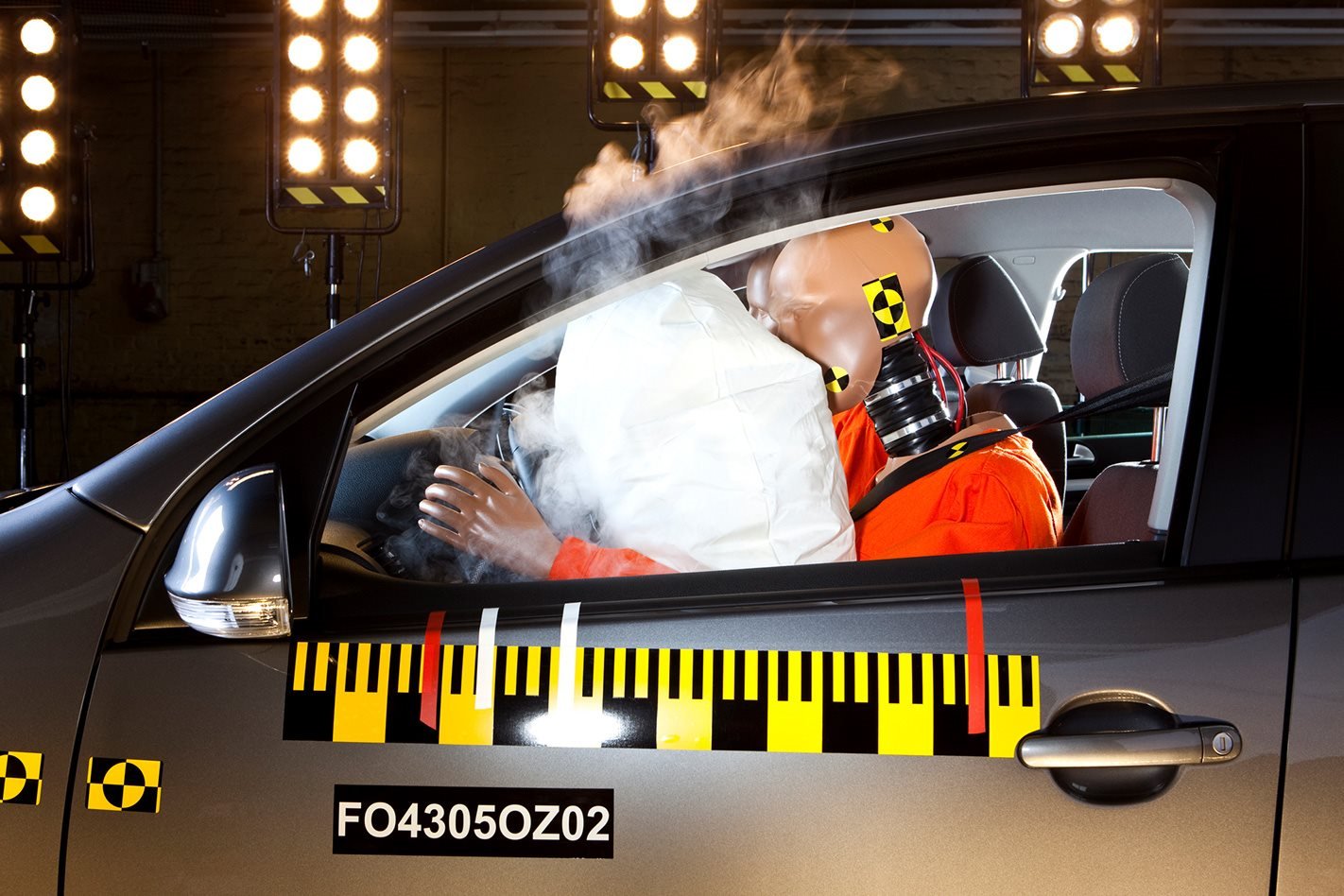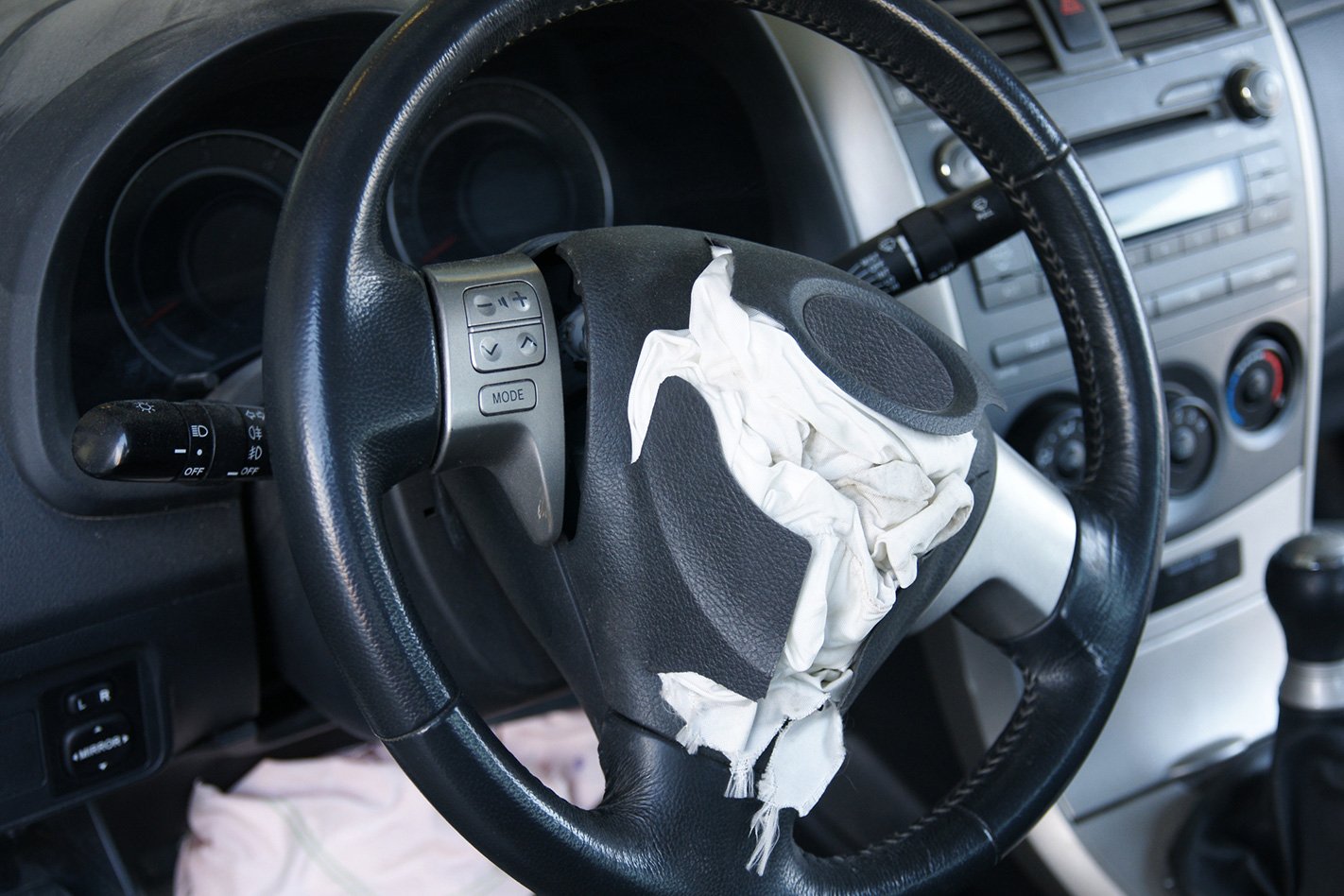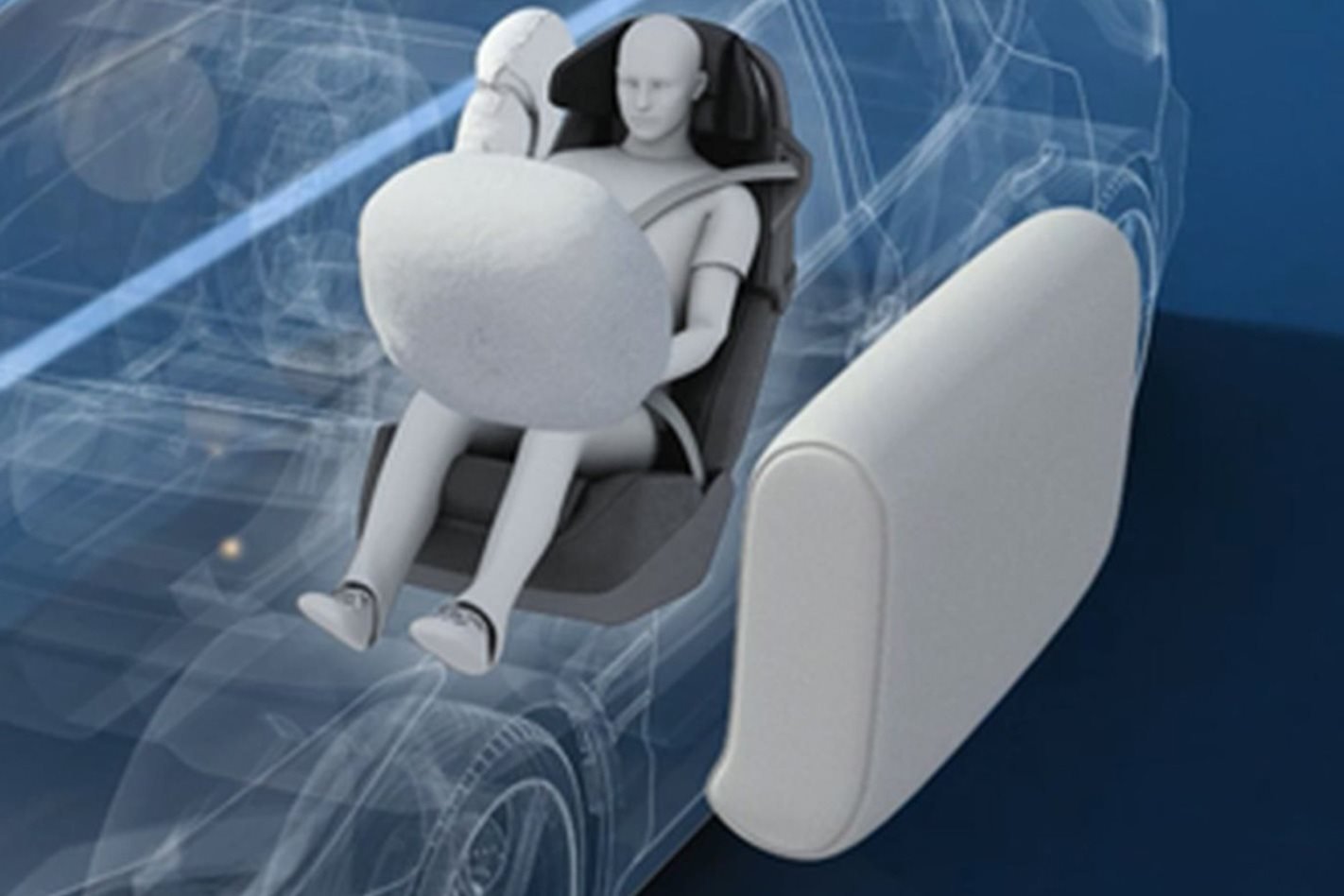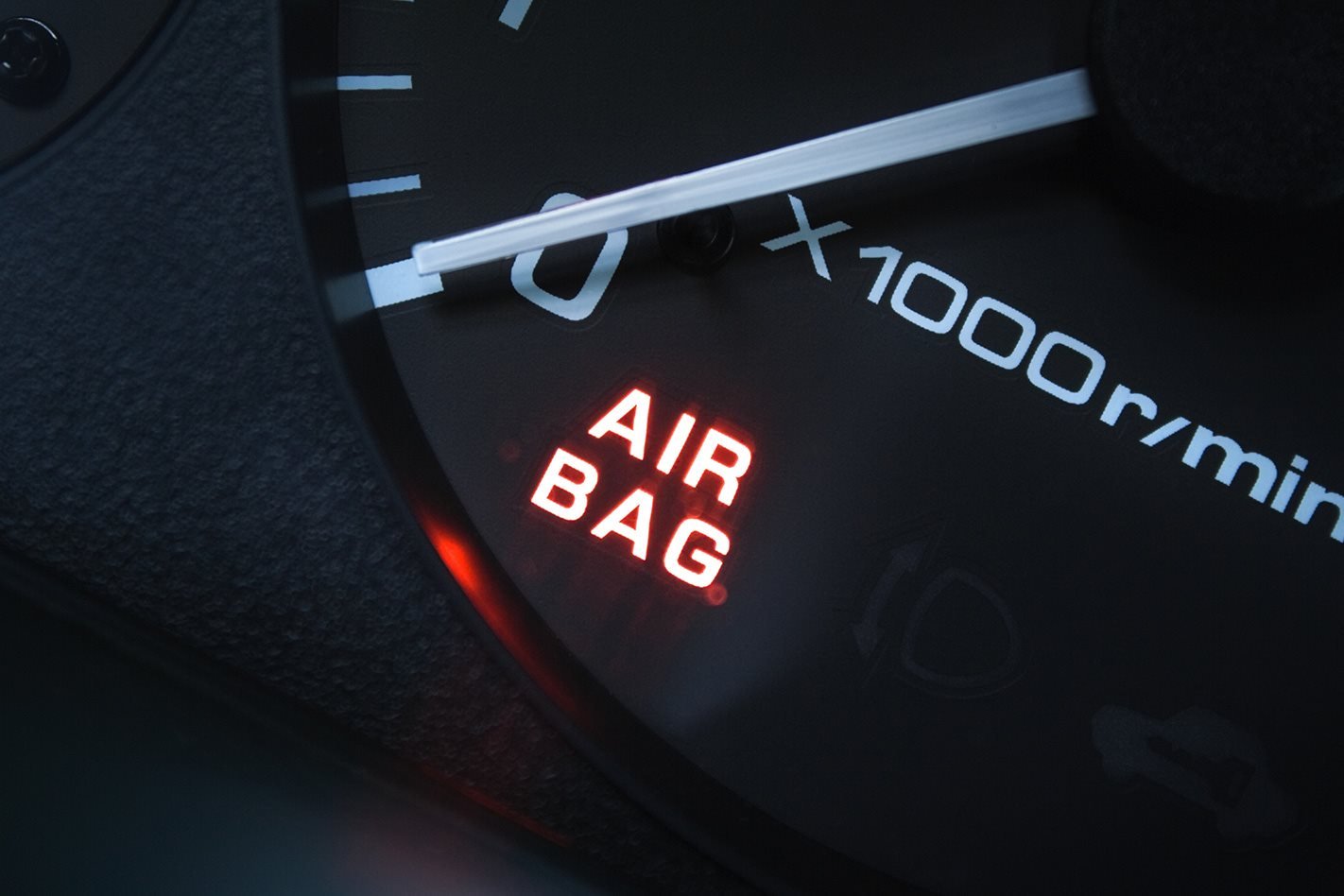
When did you last sit in a car that didn’t have airbags? Hopefully, it has been quite some time. Australia has always championed the humble airbag, with locally-based manufacturers like Holden and Ford playing a big part in the continued development of airbags throughout the 1990s and early 2000s.

Airbags play a huge role in a car’s safety, and are treated as such when ANCAP – the Australasian New Car Assessment Program that safety-tests Australian cars – safety tests a car. Of course, a car’s overall safety is a collective effort with various other safety systems aiding in a crash, but most of us like the idea of a physical barrier between us and random cars, trees and telegraph poles. As a result, buyers are more prone to counting airbags than yanking seatbelts.
Airbags have come a long way since they were invented as crash-landing devices for World War II aircrafts but the operation is basically the same; a sensor detects impact and rapidly inflates a bag to slow the occupant’s forward movement into the hard surfaces of their vehicle or otherwise. From those original frontal airbags, we now have airbags in the foot well to protect knees and feet, down the sides of the car to protect our bodies from poles, trees, cars and glass, and even airbags that explode on the exterior of the car to break a pedestrians fall. Many cars have four airbags; and others have beyond double that.
Research suggests that airbags in conjunction with seatbelts reduce the risk of serious head injury or death in a frontal collision by more than half. In 2012, Monash University Accident Research Centre (MUARC) reported that combination curtain and side torso airbags reduced the incidence of severe injury and death by 60 per cent in side impacts. Similar research in the USA showed head airbags were very effective for passenger cars when struck from the side by an SUV, suggesting that curtain airbags, which remain inflated like giant cushions once they deploy, help to mitigate the ‘incompatibility’ between passenger cars and vehicles with higher ride heights. ANCAP says curtains protect well in the pole test, too. So should you load your family car with every airbag you can find? Maybe not.
We like to think that those cushions will pillow us to safety but it takes a very specific kind of crash to deploy airbags. For instance, if your car is rear-ended and shunted into the car in front, your sensors may only detect the rear impact and assume your seat’s head restraint will take care of business. Only a sophisticated sensor system (not the average small to medium car) would register the second impact as airbag-worthy.

Say your car rolls several times without actually colliding with anything – your airbags wouldn’t deploy unless your car has a rollover sensor. That’s right, no pillowy goodness buffering your head unless you collect a direct side hit or have rollover sensors.
Jack Haley, author of ANCAP’s Airbag Factsheet, says: “Because of the value of curtain airbags in rollover crashes, we would like to see all manufacturers installing rollover detectors.” This is particularly relevant for SUVs, which have a higher centre of gravity and thus a greater propensity to roll. The sensors are the key, so before you count the airbags ask the salesperson how many sensors the car has. Better still, read the manual.

DEFINITIONS
Frontal airbags deploy from the steering wheel and dash in frontal collisions, then immediately deflate. Side airbags deploy on impact in side collisions and possibly in rollovers. Knee airbags deploy in frontal collisions to protect knees from the steering column and dash. Footbags deploy into the foot well to reduce injuries to feet and lower legs. Curtain airbags deploy downwards from the roof sill to protect the head and remain inflated. Side torso airbags deploy from the side of the seat upwards and remain inflated Seatbelt airbags deploy from the belt across the torso and shoulder Rollover sensors deploy curtain airbags if the car rolls
HOW A FRONTAL AIRBAG DEPLOYS
Sensors on the outside of the car, called satellite sensors, activate the inflator in a severe frontal collision at speeds in excess of 24km/h. The inflator ignites a chemical mix of sodium azide (NaN3) and potassium nitrate (KNO3) to create a pulse of nitrogen gas into a thin nylon bag. The driver-side airbag ignites and inflates in 20-30 milliseconds, or less than half a blink. The passenger bag takes 30-40 milliseconds, and the whole inflation process happens at around 321km/h.
CHECKLIST
- If you have an SUV with curtain airbags, check it also has a rollover sensor.
- Check the front airbag is OFF if you have a child under 13 or a person less than 153 cm tall in the front passenger seat.
- Read your manual and understand what your airbags can and can’t do.



